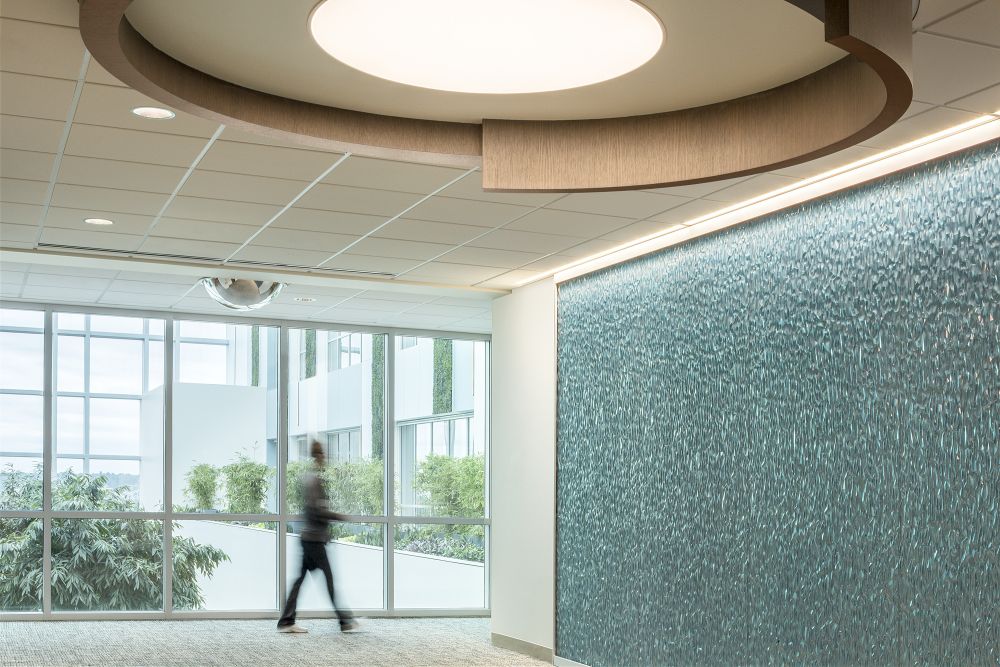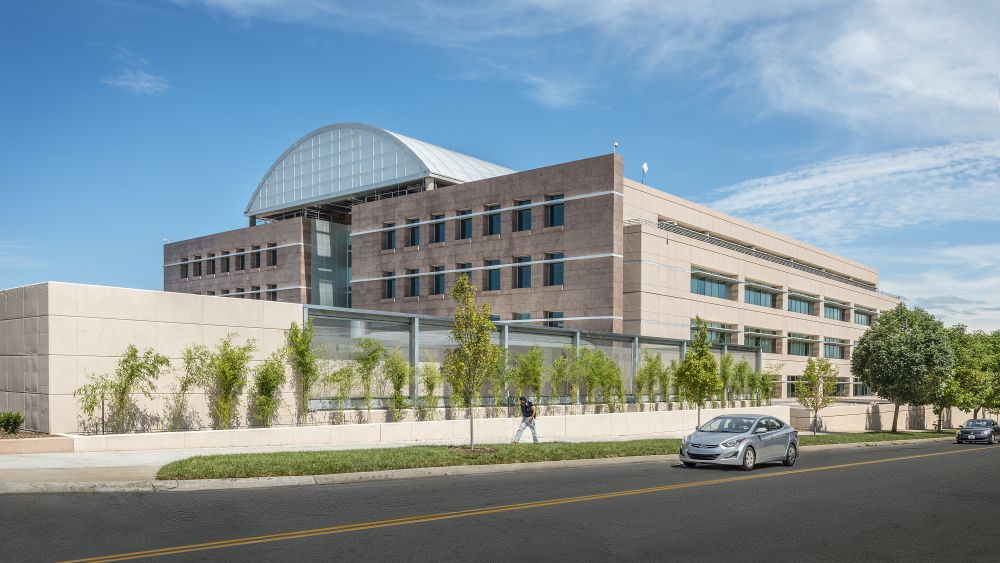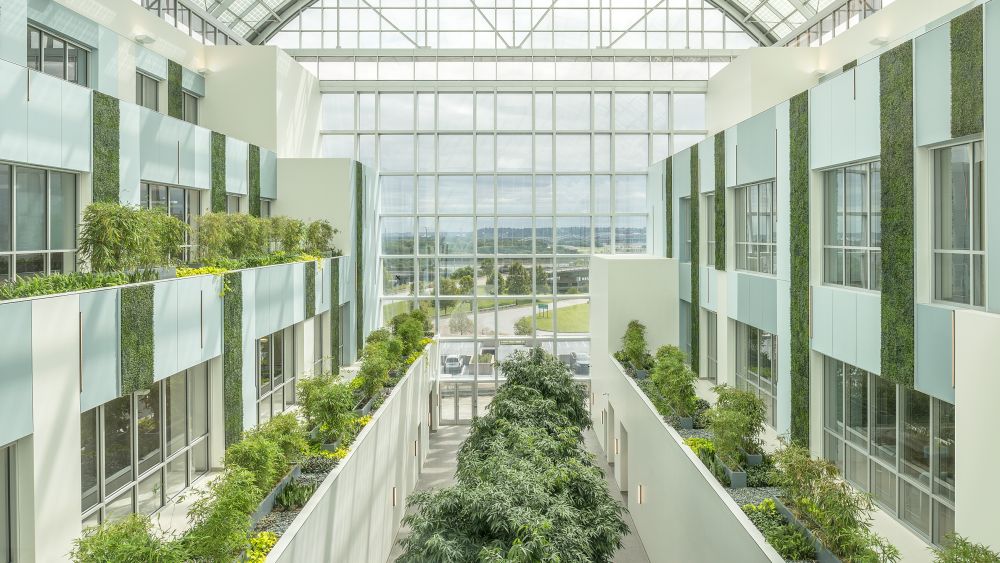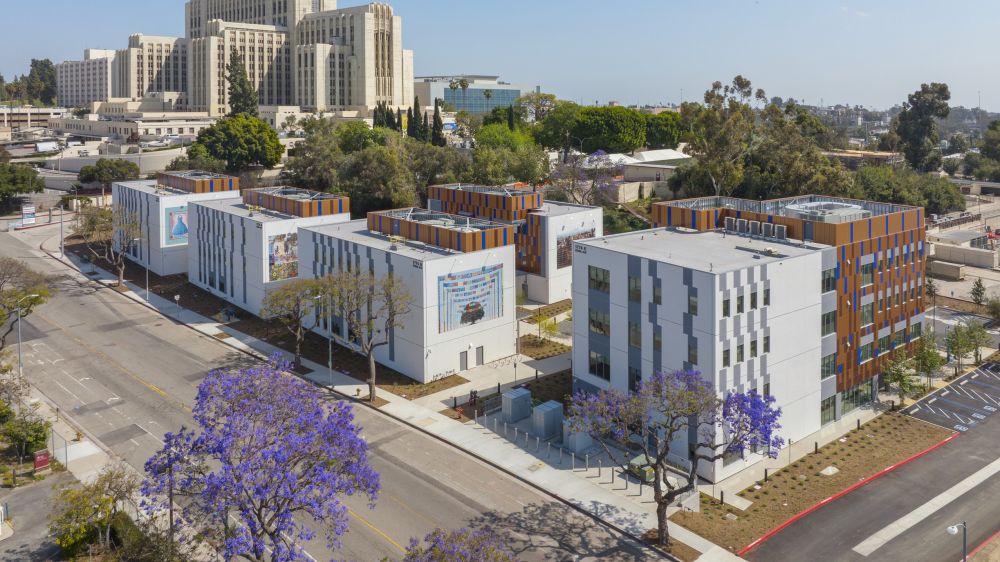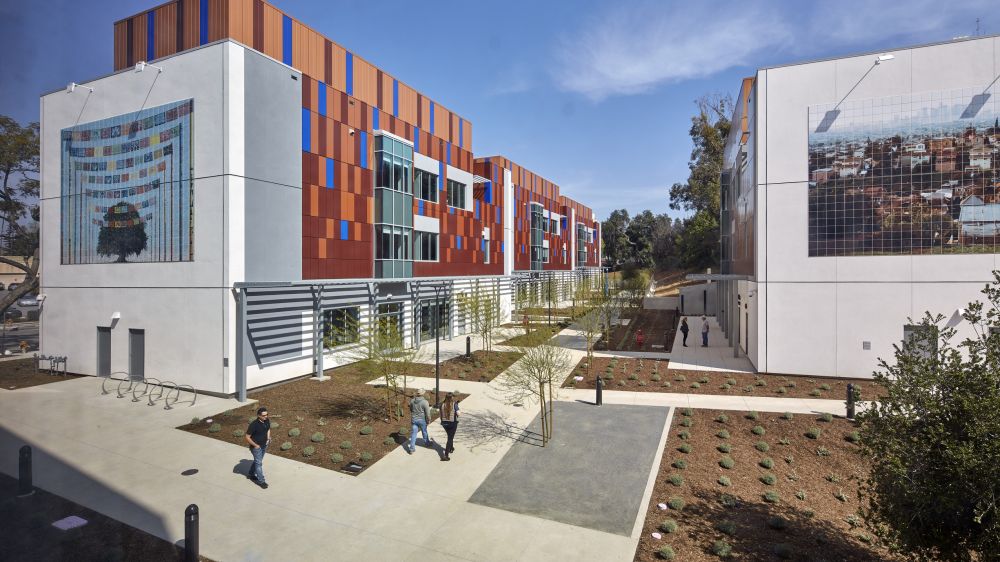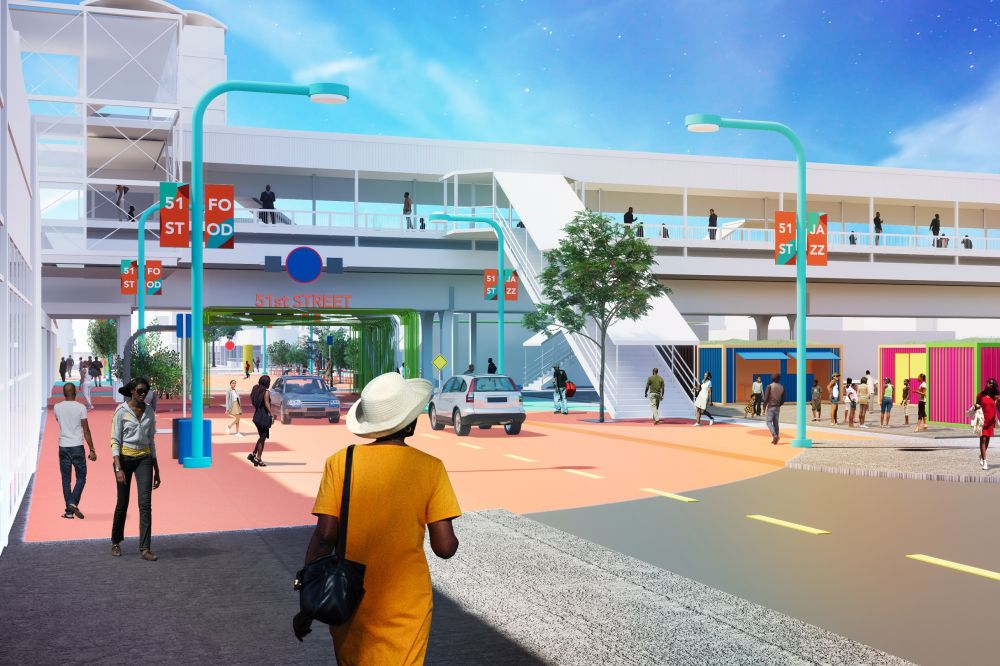Welcome to your friendly neighborhood mental health center
Destigmatizing mental healthcare continues to be a critical talking point as our country’s mental health crisis amplifies, but many Americans still don’t seek access to mental health resources and providers for fear of judgment, exclusion, derision and more.
Destigmatizing not only means removing negative associations, but also making care and resources as accessible as possible. Mental health facilities of yore were placed in the countryside, often behind fences or other barriers, further adding to the negative connotations and isolation that people thought came along with mental illness. More than 150 million Americans live in a Mental Health Professional Shortage Area, and if there is no care in a familiar area, going somewhere else to receive it is a daunting and vulnerable act.
Bringing care to where people need it the most is an important tenet of not only public health, but societal wellness overall. We helped one of our longtime clients, The University of Kansas Health System (TUKH), bring mental health care to one of its core communities, downtown Kansas City, Kansas.
As the publication Reasons to be Cheerful noted, “...Facilities like Strawberry Hill exhibit a new way of thinking, one in which mental health facilities are seen not as a risk or a burden to the surrounding community, but a potential boon, bringing with them the same social and economic benefits that any medical hospital would — while helping to destigmatize mental health care in the process.”
TUKH initially was looking at building an entirely new facility, but wanted it to be in Johnson County, where Kansas City, Kansas is located. Even though it would have been less expensive to build in a rural area, TUKH wanted to stay connected with the community it serves. Unable to find a suitable area in the city for a new development, the organization worked with our team to find an existing building. A former Environmental Protection Agency (EPA) building with a sweeping atrium just five miles north of the TUKH main campus would be transformed into not only an inpatient care facility, but also an economic engine.
“It was an area where a lot of things were shuttering up and closing down,” Gregory Nawalanic, a clinical director of psychology services at Strawberry Hill, told the Wall Street Journal. “Now we’re seeing a little bit of a resurgence.”
As one of the lead planners on this project, it was important to the team to ensure the landscaping around the building matched the surrounding area, enveloping the facility into the neighborhood rather than making it an outlier. The plant life continues inside the building into its expansive atrium, where green walls and plenty of trees and greenery are visible from patient common spaces, the cafeteria and more. Our goal was to not only create a soothing environment for patients, but make it a place people want to work in.
Strawberry Hill also has largely avoided the staffing shortages plaguing mental health facilities by being located in an urban area with a larger number of potential employees.
“We’ve been able to hire people from the community, which also pours money back into the community,” Lauren Lucht, executive director of mental and behavioral health for TUKH, told Reasons to be Cheerful. “And so there’s really a win-win there for keeping your patients, your employees and the revenue within your county and the community that you’re really partnering with to serve.”
Testimonials
Galvanizing community support for an inpatient mental health facility in their backyard was challenging at first. Our design team worked with TUKH, local government and community organizations to hold community sessions to talk about the project, patient care, security and more. Building neighbors’ support was its own de-stigmatization process.
“They were a little bit nervous about a psychiatric hospital coming to town,” Lucht added. “That conjures up for people a lot of things that they’ve seen on TV that don’t depict the reality of what psychiatric healthcare in 2022 looks like.”
Mental healthcare has changed significantly in the past decades, and even in the past few years as the national mental health crisis has grown due to the pandemic. Telemedicine has provided more resources for those needing therapy or group support. Still, the inpatient care Strawberry Hill provides is critical in stabilizing patients and getting them to a place where they can rejoin their regular lives or make a fresh start. Having grocery stores, cafes, housing and other normal aspects of everyday life right outside its doors goes a long way towards normalizing this care.
Strawberry Hill is far from alone too. Other important mental and behavioral health projects across the country are also embracing this reality and elevating care. The Los Angeles County (LAC) + University of Southern California (USC) Restorative Care Village is an incredible new space that works to help Los Angeles' unhoused population, many of whom face mental health challenges. The building is deeply integrated into the the community fabric with public courtyards, community art and more.
For both these projects and others, staff hope that they will be able to add other health services, social resources or spaces that will welcome its neighbors into the facility and truly integrate it into the fabric of the community.
“We have now multiple generations that have grown up, that are growing up, thinking and knowing that it’s normal and okay to treat your mental health as importantly as your physical health,” Lucht says. “We’re raising generations of kids who understand that a broken heart is not any less real than a broken arm.”

